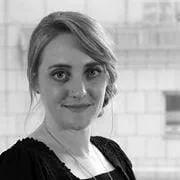In the run up to the Greenbuild International Conference and Expo in Chicago, three of Arup’s presenters tackle the conference’s 2018 theme: Human x Nature.
Frances Yang, Senior Sustainable Materials Specialist; Arup Fellow Alisdair McGregor, and Tiffany Broyles-Yost, Associate and Sustainability Consultant spoke with Kelsey Eichhorn about biomimicry, the circular economy, and embodied carbon.
Q: What is our responsibility as designers and engineers in protecting and preserving the natural environment?
Alisdair: The shorter answer, particularly when we're designing more than a building on its own, like a community or a new development, is that the natural environment makes a difference to the building performance. Then you go beyond that to anything where you start to look at the built environment and human health, where actively incorporating natural systems within the built environment is extremely important.
Frances: There’s definitely a push to incorporate natural systems in our design work. We're extracting so many resources from nature and then we use them to construct something that's displacing that natural environment, which means that people increasingly spend more and more time in a constructed environment. So our affinity for any sign of nature in that constructed environment is unsurprising. There's a responsibility there because of the impact we're having on the natural environment, but also a responsibility to the occupants — bringing them back to that human need of being connected to nature.
Tiffany: Additionally, we're starting to see a professional obligation. The AIA amended its Code of Ethics and Professional Conduct to include new “Obligations to the Public” and “Obligations to the Environment,” which require architects to advise clients of obligations to the environment, promote sustainable design and development, and implement energy- and resource-conscious design. It’s not that we didn’t feel a moral responsibility before, but now we're seeing sustainability included in professional requirements because we know, as Frances said, how much time we spend in our buildings and the impact they have on us.
Frances: Exactly. We're realizing there's a lot that natural ecosystems provide both for the health of nature but also the health of humans. More and more buildings are trying to mimic what happens in nature — like clean air and clean water and management of waste — so even though we are in the business of shaping the built environment, we’re using nature's model.
Q: That seems to hold true in a lot of places, but is it particularly relevant when we think about resilience in the built environment?
Alisdair: Yes, certainly. Most natural systems are pretty resilient — until we start messing with the climate — but generally natural systems can take a lot of sudden impacts and recover quickly. When we're looking at developing resilient systems, it's best to look first to nature, and, as Frances said, use that as a model.
We've seen this particularly in flood prevention. Providing more absorptive materials, trees around riverbanks, and using natural systems to slow the speed at which floodwaters move all work really well. Really we’re restoring those natural systems that used to exist before the built environment altered the area.
Tiffany: Also, we now need to mimic natural systems more because a lot of materials we use in building are no longer biodegradable. A couple hundred years ago a more linear system of material consumption wasn't so problematic because you took stuff out of the ground and then when you were done with it you could easily get rid of it because it would go back to the earth. That's not the case today. We've advanced in terms of material performance, but we’ve also regressed in terms of our overall systems. Now we have to figure out what do we do with all this stuff. That’s why creating a more circular economy is such an important topic.
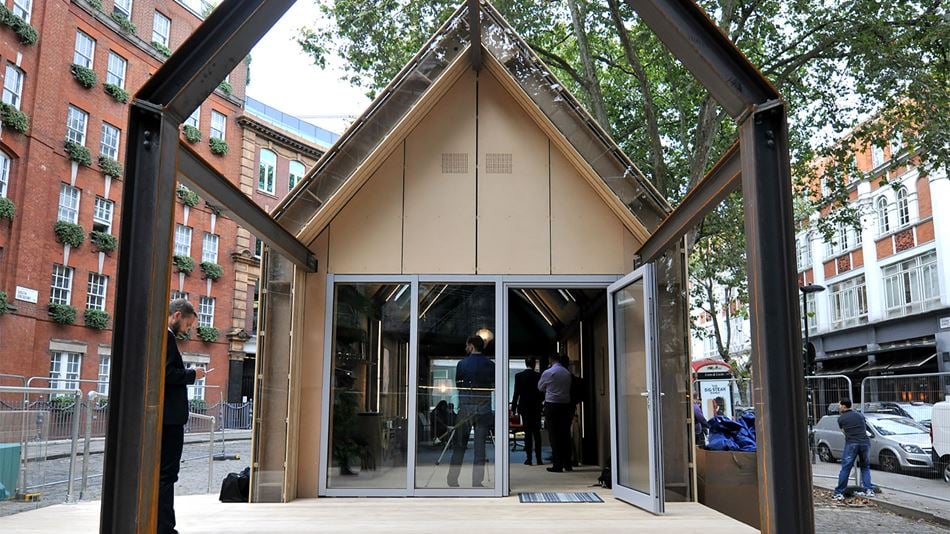
Q: Circular economy has certainly been a hot topic of late, but a lot of people outside our industry, and even some on the inside, don’t see a difference between it and past reuse models. Can you explain those differences, as well as some of the hurdles to circular economy adoption?
Frances: It's not so much the technical feasibility of recycling, the solutions for that are already available, but the economics still isn’t there. That's tied to logistics and infrastructure, but building experts are not best-placed to solve these challenges.
Tiffany: Absolutely. You need the business model to exist and ideally government to set a framework. Then the designers and product manufacturers have to be onboard — you need everybody. That’s how we move from ideas into actually doing this. Then on the design side, it’s what I mentioned before — it’s designing for disassembly, mining buildings as material sources or banks, and scaling the practices.
Alisdair: I agree; policy is essential if you want to enact a big change. Everyone complains at first, but you have to push policies that may not be popular and eventually people will adapt. Initially when some states brought in requirements for construction recycling contractors said, "Well, that's impossible," but now most contractors on large projects have an 80-90% avoidance of landfill.
Frances: That’s true, but it’s important to remember there’s never a single solution; it all circles back and now we're unfortunately hitting plateaus. The way a lot of the industry was achieving those rates was by shipping our garbage overseas. Now that those countries have healthier economies and are generating higher value materials in their own waste stream.
The way things are now, it's all about getting buildings up as fast as possible, which leads to using more materials than necessary. I think we are going to see a shift where the industry realizes there's more imperatives than just schedule and hopefully that will lead to more changes. There's a lot of opportunity and, again, it’s not purely in our industry. We need to look to tech and logistics to infuse new ideas.
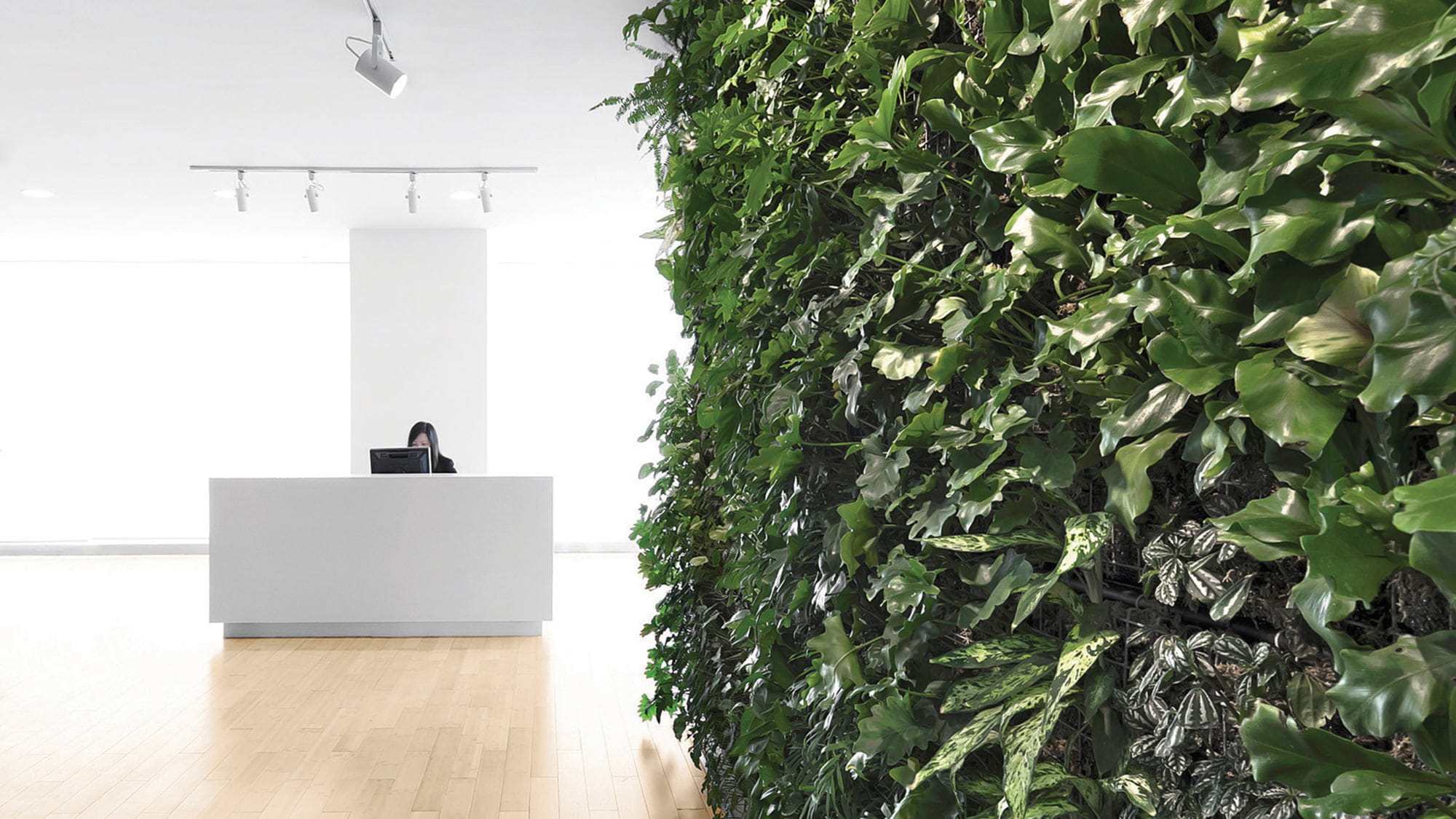
Q: Speaking of the tech industry, do you see a direct connection between the digital revolution happening in the AEC industry and the continued development of sustainable building practices?
Frances: It’s really incredible to be in this industry right now and I’m especially excited about Arup’s alignment with the United Nations Sustainable Development Goals; I think one of the main benefits of the digital revolution is the way it can accelerate social change around the globe. It’s like digital provides the tools and innovations while the UN SDGs ensure those changes are channeled to the right initiatives, and sustainability in the AEC industry is a big part of that conversation. Like Tiffany pointed out, two major challenges are scale and material identification, and these are two areas where digital technology can really help.
Tiffany: Absolutely. There’s so much more data now. You have information about the materials, you have information about how the resources are used once the building is operational, there's just so much more information available.
Alisdair: Related to that are the analytical tools we now have and the optimization opportunities. We can test systems, we can show our clients and end users what impact design choices have, we can essentially simulate the future. We can also monitor that future in real time and improve adaptability. We're already using software like WeatherShift to simulate future climate so we can see how buildings might perform in 20 or 30 years and design them to be flexible enough to cope with different climate scenarios.
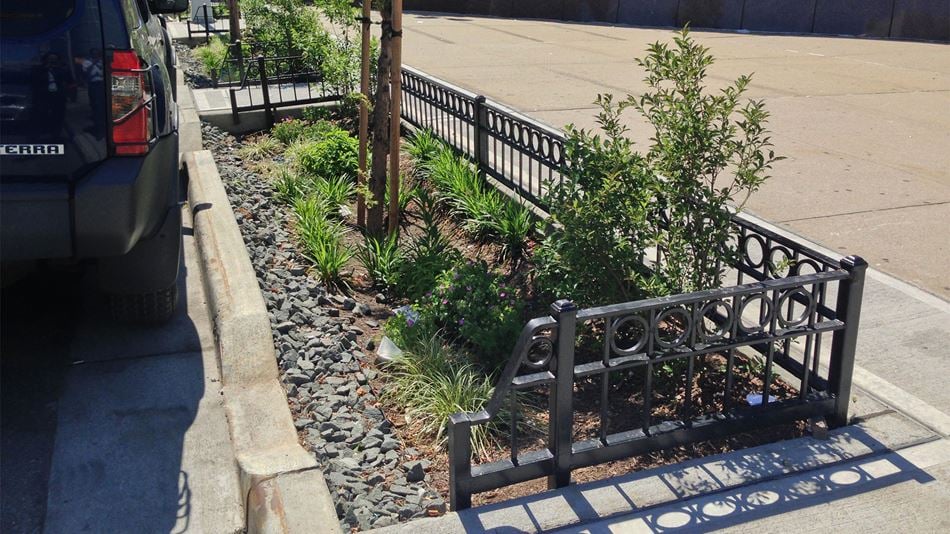
Q: Does digital hold the key to addressing the balance between re-greening the existing built environment versus focusing on new-build sustainable practices?
Tiffany: We have to focus on existing buildings because more than half of the buildings that we have now will still be in use in 2050. We don't have enough time to just design net-zero new buildings, we need to be thinking about embodied carbon within our existing buildings. Part of that is trying to understand what exists and figuring out creative ways to use buildings or alter them to make them suitable for current needs. That might mean asking whether it’s better to rehabilitate a building or to tear it down and reuse the materials and components individually. We have the ability to do that because today there's so much more digital information available.
Alisdair: I agree, there’s already a lot of material reuse happening, but digital enables us to take that a step further. Mass timber is great and most of the steel that goes into buildings these days is recycled. When we demolish concrete buildings we separate out the aggregate and reuse that, as well as the rebar. But there’s still challenges. Cement is a big problem, certainly from a CO2 standpoint, and there’s a lot of research, driven by digital data, into how to solve that challenge.
Frances: Alisdair and Tiffany are right — the best way to move toward carbon reduction goals is to reutilize as much material as we can. If we look at new construction through 2050, our deadline for getting to zero, we've been doing so much better with operational energy that, if we remain on our current path, embodied carbon comprises nearly half of what will be built, compared to the operational emissions of new buildings.
That means if we reuse, we could basically cut in half the emissions from new construction. We have the technology that can do that, but this is one of those times where the technology is not the challenge, it's more about approvals and risk. To a developer it's easier to build from new materials because he knows what's there. I think a place to start is to have more incentives to reuse what we have and, like Alisdair pointed out, sometimes you just have to introduce something and eventually people will adapt.
In addition to the above, our Greenbuild speakers list also includes Arup Fellow Chris Luebkeman. Meet with our experts at Greenbuild and visit Arup’s booth (#1315).
Find out more about our speakers sessions:
Frances Yang, SE, LEED AP BD+C, ENV SP
Tiffany Broyles Yost, AIA, LEED AP BD+C, Fitwel Amb.
Alisdair McGregor, PE, PhD, LEED AP
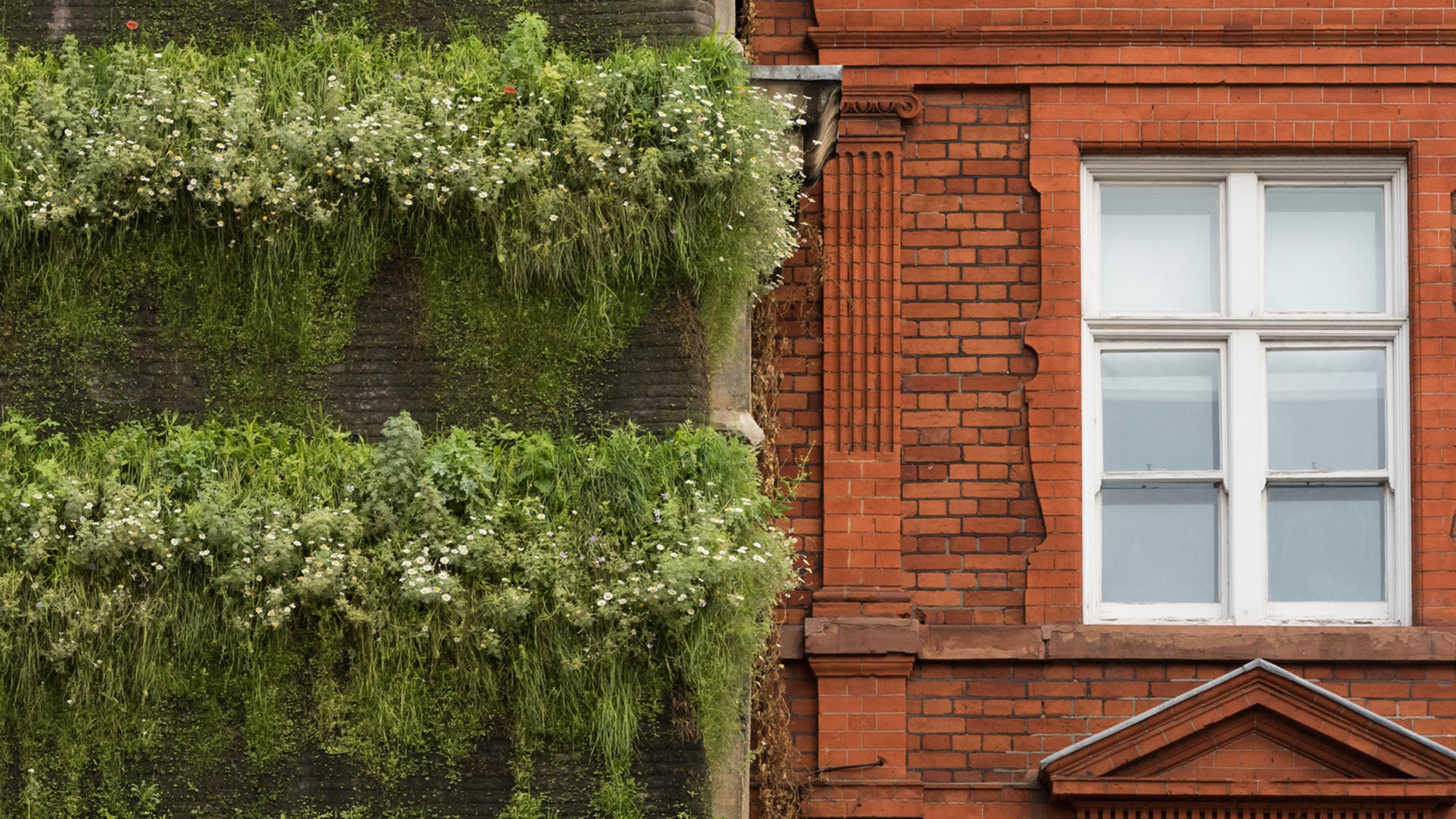 ;
;
